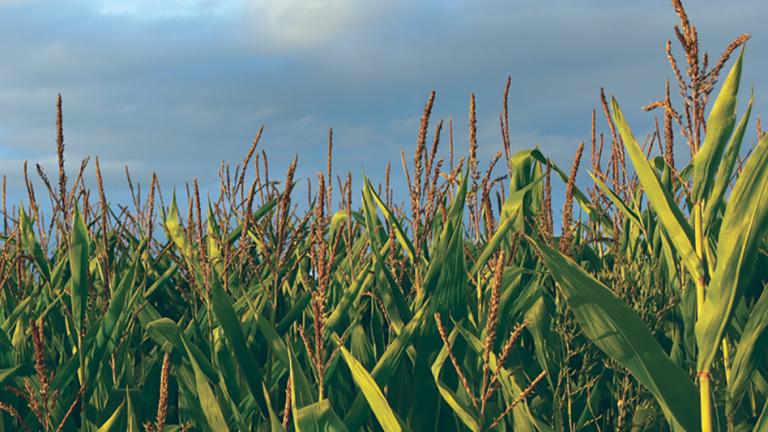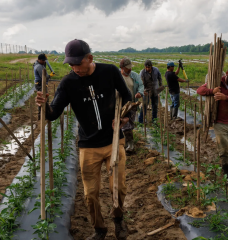
New method enables a more comprehensive assessment of the impact of climate change on agriculture
By Mark Dwortzan | MIT Joint Program on the Science and Policy of Global Change
The Science
Statistical emulators of global gridded crop models are designed to provide a far less computationally intensive way to assess the impact of climate change on crop yields. This study advances statistical emulators to provide an accessible tool to assess the impact of climate change on irrigated crop yields and irrigation water withdrawals, while accounting for crop modeling uncertainty.
The Impact
This new research, combined with previous work developing emulators for dryland crop yields, provides a computationally feasible approach for integrating irrigation water demands and crop yield effects into multisectoral models to study effects on land, water and energy use and their dynamics.
Summary
In a previous paper focused on four major rain-fed breadbasket crops—maize, rice, soybean and wheat—the author developed a set of crop yield statistical emulators and showed that they could produce results comparable to those generated by an ensemble of global gridded crop model (GGCM) simulations upon which they were trained. This new study provides statistical emulators of GGCMs to estimate irrigated crop yields and associated irrigation water withdrawals for maize, rice, soybean and wheat. Those emulators are estimated using data from an ensemble of simulations from five GGCMs from the Inter-Sectoral Impact Model Intercomparison Project Fast Track project. Crop-specific response functions for each GGCM are estimated at the grid-cell level over the globe. Validation exercises confirm that the statistical emulators are able to replicate the crop models’ spatial patterns of irrigated crop yields and irrigation water withdrawals reasonably well, both in terms of levels and changes over time, although accuracy varies by model and by region. This study therefore provides a reliable and computationally efficient alternative to global gridded crop models.
Funding
The study was funded by the U.S. Department of Energy (DOE) Office of Science under the grant DE-FG02-94ER61937 and other government, industry and foundation sponsors of the MIT Joint Program.
Publication
Blanc, E. (2020): Statistical Emulators of Irrigated Crop Yields and Irrigation Water Requirements. Agricultural and Forest Meteorology Volume 284, 107828 (doi: 10.1016/j.agrformet.2019.107828)
Photo: Focusing on four major crops—maize, rice, soybean and wheat—this study provides a reliable and computationally efficient alternative to globally gridded crop yield models. (Source; Flickr/ Eddie McHugh)
Associated Publication:
Statistical emulators of irrigated crop yields and irrigation water requirements






